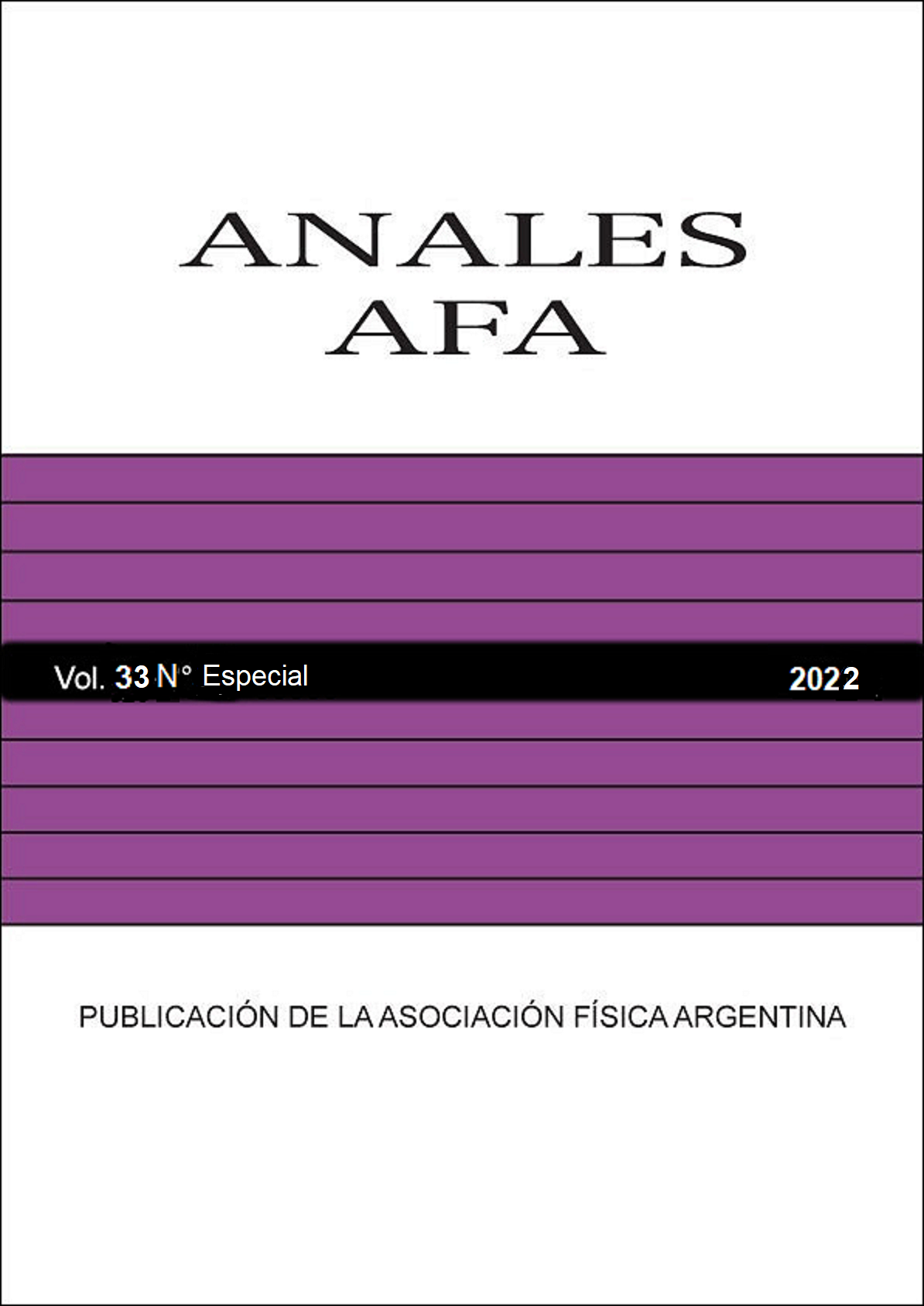DISCHARGES IN CONTACT WITH LIQUIDS: ELECTRICAL CHARACTERIZATION OF A PULSED CORONA DISCHARGE
Abstract
The large number of works published in recent years on non-thermal discharges in (and in contact with) liquids, shows the growing interest in this particular field of electric discharges due to the large number of technological applications. In particular, one of the fastest growing emerging applications is the treatment of water, both for its purification and for its activation, with a view to carrying out the indirect treatment of food and seeds with non-thermal discharges; without the addition of chemicals. In this work, the experimental characterization of a corona discharge in contact with water operating in a pulsed regime is presented. A flat-wire type geometry was used with the flat electrode immersed in water. The discharge was powered through a pulsed capacitive type source, capable of providing a periodic train of high voltage pulses (∼ 15 kV) with short duration (∼ 100 ns), with a repetition frequency of 40 pulses/s. The results of discharge voltage and current measurements are reported and discussed for different operating conditions, and the instantaneous power and energy dissipated in the generated plasma are inferred. Photographs in the visible with long exposure times of the pulsed discharge are also shown.




